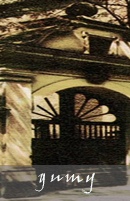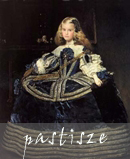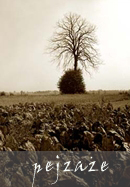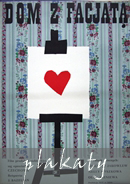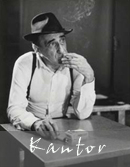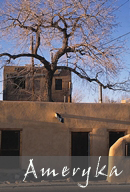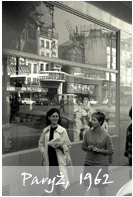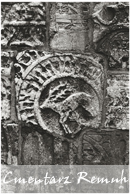„Gum-prints”, invented at the close of the 19th century by Frenchman Robert Demachy, belong to the „noble techniques” makes use of photosensitivity of chromate salts and their tanning effect on some organic resins such as, in this case, arabic gum.
For the l9th century aesthetes, bored with the mechanical perfection of photography, the gum technique became a field for „artistic” activities, and gave rise to a trend later called „pictorialism”. This trend soon formed several separate „schools” among which the best known ones were: the Parisian, the Viennese, and the Munich schools. They brought forth many great masters who, although they used the same technique, created different works which, nevertheless, had always dazzled spectators with their unique charm.
Of all the „noble techniques”, gum gives the greatest possibilities because it not only allows for the use of various kinds of paper - often of different textures as a basis, but also the free use of colour pigments which can, during repeated applications of successive layers,result in sundry colours.. Moreover, by regulation of the proportions of arabic gum solution and chromate salts (ammonium or potasaium bichromate) we can obtain emulsions of various degrees of sensitivity and contrast.
Besides all these possibilities resulting from „lens and eye”, the gum technique allows for a certain margin of „the unforeseen”. The very existence of such possibilities is extremely exciting, and it drives us „gumists” even to arrange „the unforeseen”; to neglect scales and measuring cylinders while measuring out reagents, to use daylight exposure (very capricious!) and, finally, during the „development”, to brush or use various other instruments, often of one's own conception.
I have been using the „gum” technique since 1985 when, asked to deliver a lecture on the „noble techniques” (because I have often done my photographs in sepia, although it is not a „noble technique”/, I decided to get to know them better, and to present my attempts.
The beginnings were difficult because all the data in the available literature were very scarce and enigmatic. I was under the impression that those who wrote about „gums” enviously guarded their workshop secrets. Only afterwards did I understand how hard it was to express in writing all the intricacies and nuances of this admirable, although very complicated technique.
In the meantime I organized several exhibitions of my gum-prints in Poland and abroad (France, Germany, Switzerland, USA, and elsewhere). Since I do not possess any of the so-called „workshop secrets”, I showed a film about making my „gum-prints” in the local Cracow television. These instructions were repeated in more „artistic” form by an outstanding TV director Stefan Szlachtycz in his film „Konrad P. , or the History of an Eye” in, the polish TV series called „Portraits.”
Although I have made a considerable amount of „gum-prints” during the last ten years, I have the impression that I am still learning this technique, and that the best yet awaits me.. This thought gives me courage to present what I have already done, and to undertake further splendid endeavours.
Konrad K. Pollesch, July 1996
about me I gum-prints (nudes, Fribourg, Kraków, windows, cities, landscapes, portraits) I pastiches I landscapes I posters I Kantor I America I Paris 1962 I Remah Cemetery I Kraków 1960 I regulations of a portrait company I contact

